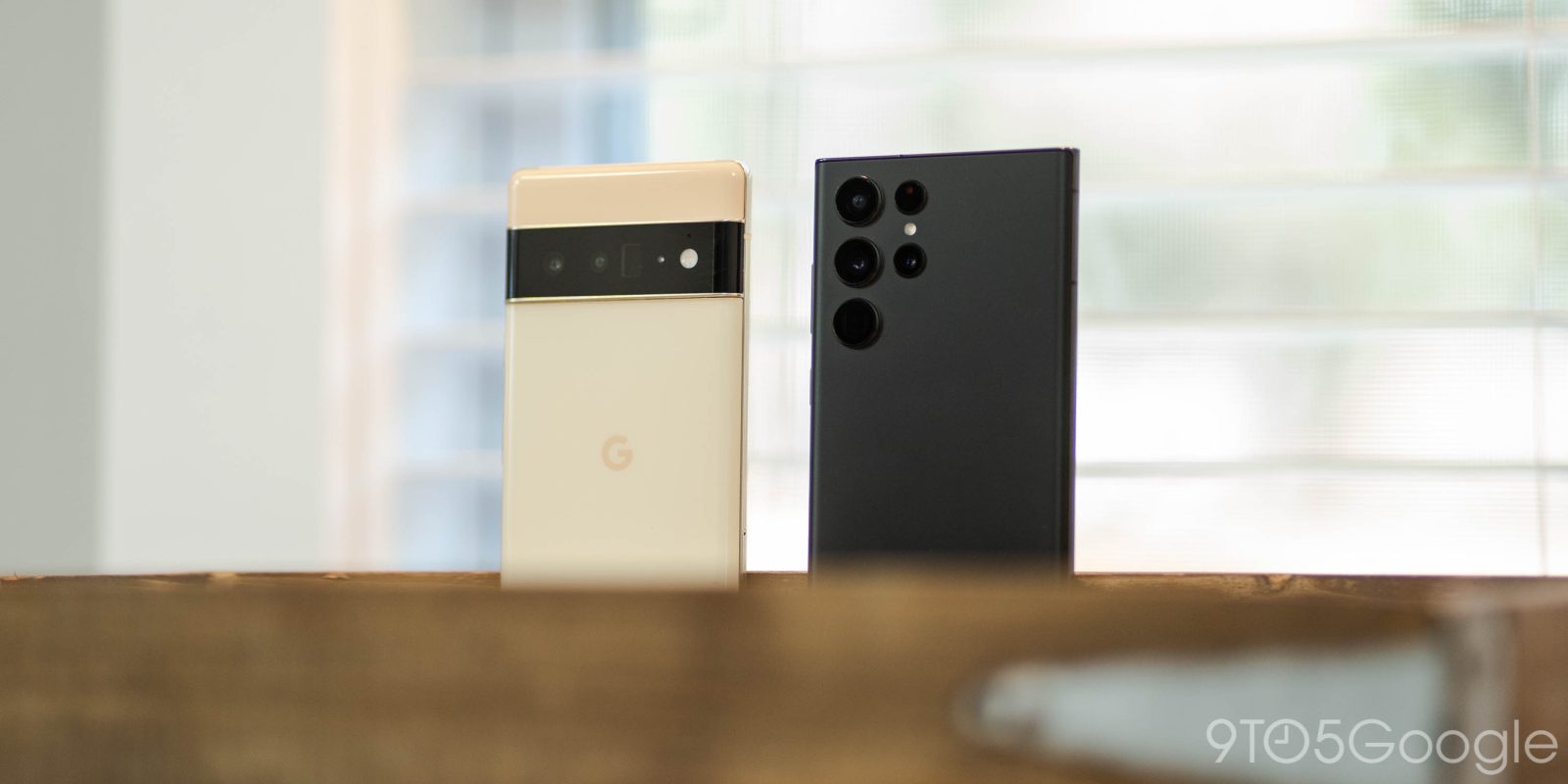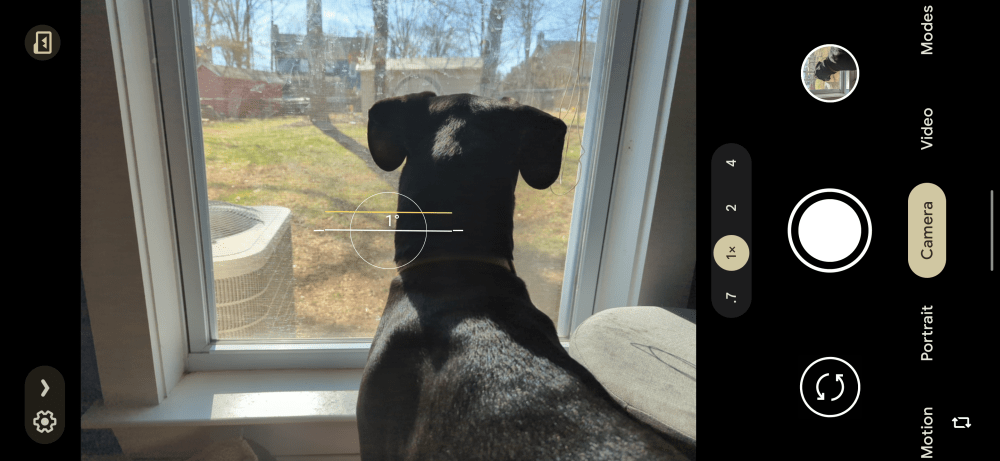
Smartphone cameras have come to a point where it’s genuinely hard to find a truly terrible camera in today’s market, leading to differentiators being relatively small. As I’ve been using Samsung’s latest devices, I’ve really come to value the live HDR that Google’s Pixel devices offer.
Now, I fully realize that this is a nitpick. After all, who really cares what the preview looks like, so long as the final shot is good? To that, I say this: previews influence how the shot is taken.
A traditional camera gives the photographer a neutral view of the scene, just showing how the camera’s hardware and lens influence the view of reality. It’s up to the photographer to take that neutral view and adjust it after the fact to create a final product.
Smartphones, on the other hand, are meant to be quick and automatic. Open, shoot, share. That’s the hallmark of a good smartphone camera.
Samsung’s smartphone cameras are among the best. While Google’s Pixel lineup and Apple’s iPhone are technically better on consistency and garner more praise for their cameras, Samsung is not far behind, and can often even outshoot those devices. Things only get better with time, too. This week, I’ve been using the Galaxy S22 Ultra, and its 108MP primary camera is just as good as the S21 Ultra I loved last year.
However, it’s the preview of these pictures that make me miss shooting on the Pixel. When taking a shot on the Pixel 6 Pro, I can quickly shoot and be confident that the final picture is going to look just about identical to what I saw in the preview, perhaps with just a bit more detail and less noise. Samsung’s experience, on the other hand, is starkly different.
Case in point. My home office has a window that my two dogs love to sleep by, and it always makes for a photo I love to take. On the Pixel 6 Pro, I can confidently take that shot seeing that the Pixel’s HDR is up to the task of getting my dog’s dark fur correct while battling against a bright window. The Galaxy S22 Ultra, on the other hand, didn’t give me the same level of confidence. Taking the same shot as the Pixel, the preview was bright and blown out. The first time I took this photo, I actually shot it a few times, just because the preview was so blown out I felt the need to re-adjust the focus and make any manual adjustments I could.
In the example below — which isn’t quite ideal, as dogs have a tendency to move between taking multiple pictures with multiple phones — the differences in live HDR can be seen quite obvious in how Samsung handles the sky, the sunlight reflecting off of the window sill, as well as the shadows on my dog’s coat. Google’s are, more or less, identical between the two, with a bit more contrast in the final shot. Meanwhile, Samsung’s results are noticeably different.




The results of the shot were good, despite my distrust in the viewfinder. But that’s my whole complaint. The lack of live HDR in Samsung’s camera experience resulted in me not trusting the camera and, in turn, delaying taking the shot. With as much reliance as we put on smartphones to capture memories and once-in-a-lifetime pictures, confidence is something that can’t be lost.
The fix? As you might have guessed, Google already figured this out. Pixel smartphones have, for three generations now, displayed the results of HDR, more or less, right there in the live viewfinder. Live HDR debuted on Google Pixel 4 and has since appeared in every other new Pixel smartphone. HDR in itself works by taking multiple captures of the same frame, but at different exposures, then combining those into a final picture. Google details the process in-depth in a blog post.
Samsung tries to do a form of live HDR in its camera software, but it fails miserably. In fact, I had to double-check that the company even attempted the feature, as I was convinced it just wasn’t available at all. Sure enough, it’s been around for a few years — Max Weinbach reminded me it actually debuted with the Galaxy S7, in 2016. It just doesn’t work.
The hardware is great, but Samsung’s software really needs to catch up in this regard. Until then, Google’s Pixel and Apple’s iPhone will keep the crown.
More on Samsung:
- Samsung skipped seamless updates for the Galaxy S22 series… again
- Google Messages, with RCS in tow, is now Samsung’s default messaging app in the US
- Samsung has updated these devices to Android 12
FTC: We use income earning auto affiliate links. More.



Comments